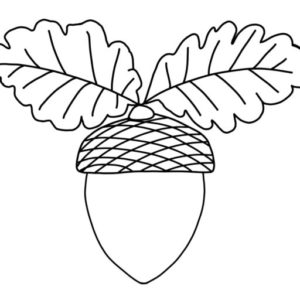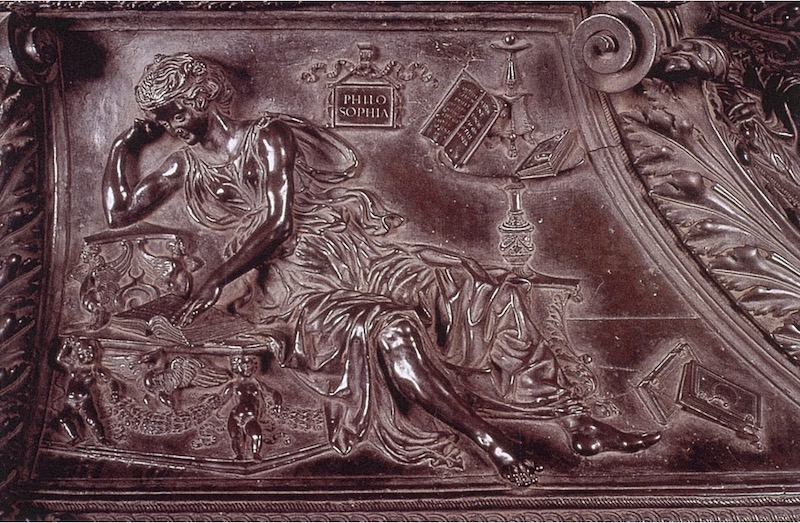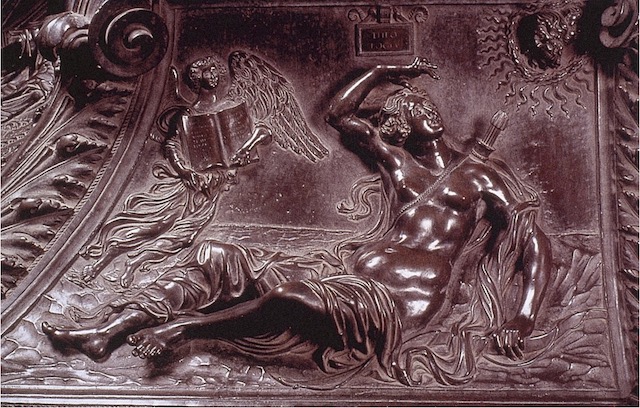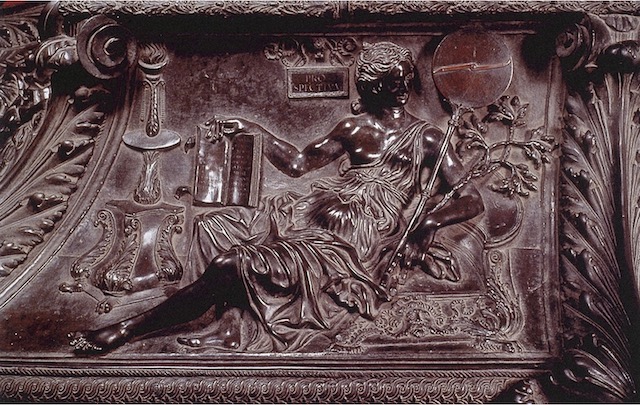Pollaiuolo's Inventions
In the final three panels on the Tomb of Pope Sixtus IV, Pollaiuolo foregrounds his inventio and ingenuity in representing the disciplines of Philosophy and Theology with a new addition, Prospectiva, or the study of visual optics. Although Philosophy is often represented as the head of the seven Liberal Arts, in the later 1300s as the Liberal Arts were brought under the umbrella of the Catholic Church. Philosophy was replaced with Theology, in the same manner that the Liberal Arts replaced the pagan muses. The Liberal Arts were considered pagan inventions and in order to adapt them to the Christian system, they became “handmaidens of Theology and Philosophy,” allowing them to adhere to Christian values and morals.[100] The Arts then become associated with St. Thomas Aquinas as he wrote treatises on both Aristotelian theories and theological doctrine. By association with the canonized Aquinas, the Liberal Arts become fully enveloped in Christian philosophical and theological study.[101] While it was not as unusual to include both the figures of Theology and Philosophy with the seven other Liberal Arts, Pollaiuolo’s combination of these figures with Prospectiva requires further discussion.



